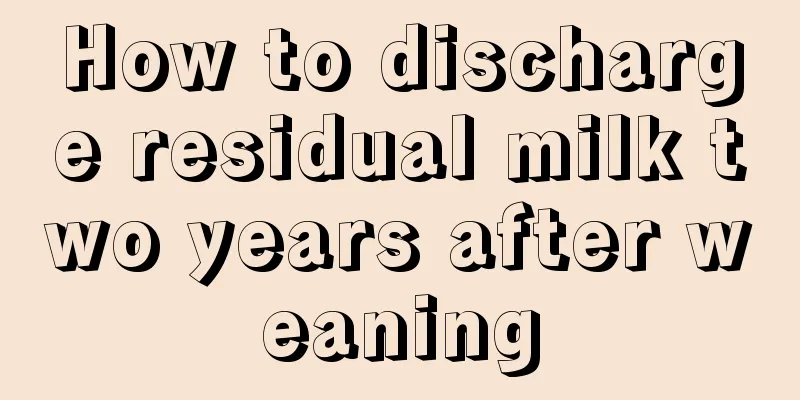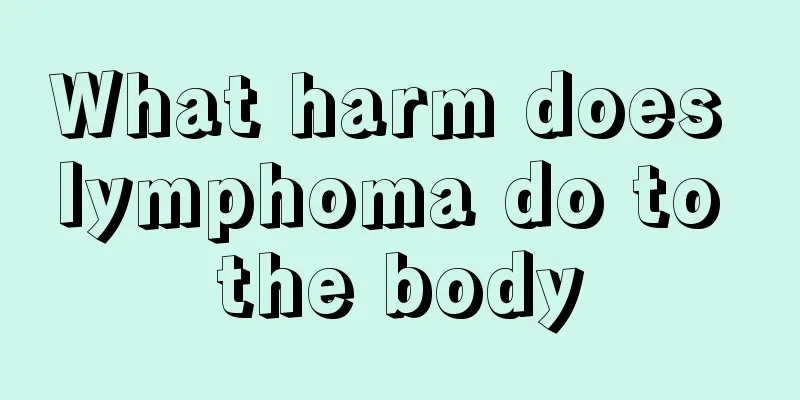Twelve meridian acupoints

|
The acupoints of the human body are related to the whole body. The Yuan point is equivalent to a master switch, which is related to the acupoints of the body. If there is a problem in other parts of your body, it can be cured by treatment at the Yuan point. For example, when you suffer from cervical spondylosis, it is mainly caused by problems with your lungs. At this time, you can treat the lung problem first and then cure the cervical spondylosis. [Yuan acupoint] is the master switch for the flow of vital energy in and out of the meridians There is an original point on each of the 12 main meridians, located near the wrist and ankle joints, which is the place where the body's vital energy passes and stays. Yuan Qi refers to a person's innate energy. All organs and meridians must be nourished by Yuan Qi in order to perform their respective functions and maintain normal life activities. Therefore, when the vital energy is abundant, the organs will function vigorously and people will be healthy and less prone to illness. Therefore, whenever there is a disease in the internal organs, the corresponding original acupoints can be used for treatment. For example, cervical spondylosis is caused by deficiency of lung qi, so the lung qi must be replenished first during treatment. At this time, I use the method of sticking white ginseng slices on the Taiyuan acupoints on both sides of the lung meridian to greatly replenish the vitality of the lungs. Important acupoints of the twelve meridians near the wrist and ankle joints. Each of the twelve meridians has an original point, so they are also called the Twelve Original Points (see table). The places where the visceral qi passes through and stays. There are 11 names of Yuan acupoints proposed in Lingshu, and the locations of each Yuan acupoint are pointed out, but the Heart Meridian Yuan acupoint Shenmen is missing, which was later supplemented by Nanjing. The Yuan point of the five internal organs of the Yin meridians is the Shu point among the five Shu points, that is, Shu is the Yuan point. The six internal organs of the Yang meridians are different. In addition to the Shu point, there is also a Yuan point. Yuan Qi originates from the moving Qi between the kidneys and is the driving force behind human life activities. It runs through the triple burner to the five internal organs and six bowels, reaching the head, body and limbs. It is the foundation for the twelve meridians to maintain normal physiological functions. Therefore, when diseases occur in the internal organs, they will be reflected in the corresponding Yuan acupoints. Through the various abnormal changes in the Yuan acupoints, the prosperity and decline of the internal organs can be inferred. In clinical practice, acupuncture of Yuan points can make the original Qi of the triple burner flow freely and regulate the functions of the internal organs and meridians, thereby playing its role in maintaining positive Qi and resisting pathogenic factors. In addition, Yuan acupoints are often combined with Luo acupoints in treatment, which is called Yuanluo combined acupoints, to treat diseases and symptoms between the exterior and interior meridians. The acupoints on the limbs where the original qi of the internal organs is infused, passes through and stays in the twelve meridians are called original points, also known as the "Twelve Originals". "Yuan" means origin and original energy. It is the driving force of human life activities and the basis for the twelve meridians to maintain normal physiological functions. The twelve original points are mostly distributed near the wrist and ankle joints. The Yuan point of the Yin meridian and the Shu point among the five Shu points have the same name and the same location, and are actually one point, which is the so-called "Yin meridian takes Shu as the Yuan" and "Yin meridian's Shu is combined with Yuan". The Yuan point of the Yang meridian is located behind the Shu point among the five Shu points, so it is a separate Yuan point. Gallbladder meridian - Qiuxu point; Liver meridian - Taichong point; Small intestine meridian - Wangu point; Heart meridian - Shenmen point; Stomach meridian - Chongyang point; Spleen meridian - Taibai point; Large intestine meridian - Hegu point; Lung meridian - Taiyuan point; Bladder meridian - Jinggu point; Kidney meridian - Taixi point; Triple burner meridian - Yangchi point; Pericardium meridian - Daling point. |
<<: What meridian is on the outside of the arm
>>: The meridians corresponding to the 5 toes
Recommend
What is the function of protein peptides? Let’s find out together
With the continuous development of society, peopl...
What is the reason for a tasteless mouth
In life, many people often say that they feel a l...
Can glioma be cured?
Glioma is a common disease nowadays. Because it h...
What are the characteristics of halo nevus type leukoplakia
The symptoms of vitiligo with halo-type leukoplak...
How much progesterone is needed for not getting pregnant?
In life, many couples are worried about not being...
Advantages of Traditional Chinese Medicine in Treating Breast Cancer in Situ
Advantages of Traditional Chinese Medicine in Tre...
Prostate cancer causes frequent sexual activity
The occurrence of prostate cancer is not directly...
What is the reason for cold knee joints
Especially in winter, if we do not keep warm enou...
Muscle relaxation method relieves mental stress from brain cancer
Headache is one of the main manifestations of bra...
Is sirloin beef?
Beef is a common meat in our daily life. Many peo...
Don't trust fecal occult blood test too much
Fecal occult blood test is simple, convenient and...
Early symptoms of pharyngitis
People often use the phrase "a battleground ...
Aflatoxin b1
Aflatoxin B1 is a substance that makes people shu...
What is the preoperative care for kidney cancer
How should I take care of myself before kidney ca...
How long does it take to heal a wrist fracture
In addition to eating and sleeping, proper physic...









